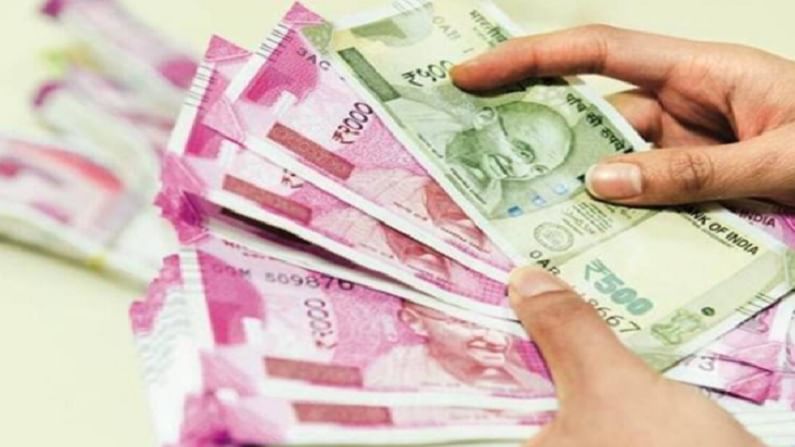Need emergency fund from EPF or PPF? Know details of tax deduction
Both EPF and PPF are government-guaranteed savings instruments for the salaried and the self-employed

Employee provident fund (EPF) and public provident fund (PPF) are two of the fundamental government-guaranteed instruments that salaried and self-employed people in the country invest in. Though most financial planners advise that one should avoid withdrawing money from these, many have reached out to these funds for medical emergencies during the pandemic.
An individual can withdraw money as per his/her requirements from EPF and PPF corpus but some amount would be deducted as TDS from the sum withdrawn.
The Employees’ Provident Fund Organization (EPFO) board introduced new rule after the onset of the Covid-19 pandemic.
TDS on PPF
According to the new provisions under Section 194N of Income Tax Act 1961, if an investor has not filed income tax returns (ITR) for the previous three assessment years then TDS will be applicable from the withdrawn amount at any given time.
If aggregate cash withdrawal by an investor exceeds Rs 20 lakh but does not exceed Rs 1 crore during a financial year and he is a non-ITR filer, 2% TDS will be deducted from the amount exceeding Rs 20 lakh.
In case total cash withdrawal from all post office accounts exceeds Rs 1 crore in one financial year, 5% TDS will be payable on the amount exceeding Rs 1 crore.
However, rules are different if you are a file IT returns. If cash withdrawal exceeds Rs 1 crore by an ITR filer in a financial year, the TDS payable will 2% of the amount above Rs 1 crore.
TDS on EPF
Last year, the government had allowed employees to withdraw from their provident fund corpus in case they needed emergency funds due to financial stress caused by the Covid-19 pandemic.
Under the provision, a member of the EPFO can withdraw up to 75% of his/her provident fund balance or three months’ basic wages plus dearness allowance, whichever is lower.
However, if you are planning to opt for such a withdrawal, it’s important to understand the tax implications of such a step.
As these withdrawals are made due to Covid-related stress, the government has made such withdrawals tax-free.
If the EPF withdrawal is done before five years of completion of service, then it is taxable under the income tax law. If the withdrawal amount is more than Rs 50,000, TDS at the rate of 10% under Section 192A of IT Act, 1961 becomes applicable.
In case of absence of PAN, TDS will be deducted at the rate of 30% on the withdrawal amount. Also, in case the withdrawal amount is less than Rs 30,000, TDS deduction is not applicable.
Points to remember
EPF is one of the most trusted and guaranteed savings instruments in the country. It offers an 8.50% rate of return, highest among all the government schemes now.
On the other hand, PPF is a safe and secure investment option for common people, which gives a guaranteed return. It has a lock-in period of 15 years.
PPF can be extended till you wish in a multiple of 5-year slabs.
The PPF interest rate is currently fixed at 7.1% annually and comes up for revision every quarter.
If you change your job, you must transfer your EPF account otherwise you will not get all the benefits.
Make sure that if you have multiple EPF accounts all the accounts should be linked to the same unique account number or UAN.
If you retire before reaching the EPFO retiring age of 58 years, you must withdraw your PF corpus within 36 months of your retirement.
You have to claim the money in the account within 36 months of exiting a job and not joining a new one.